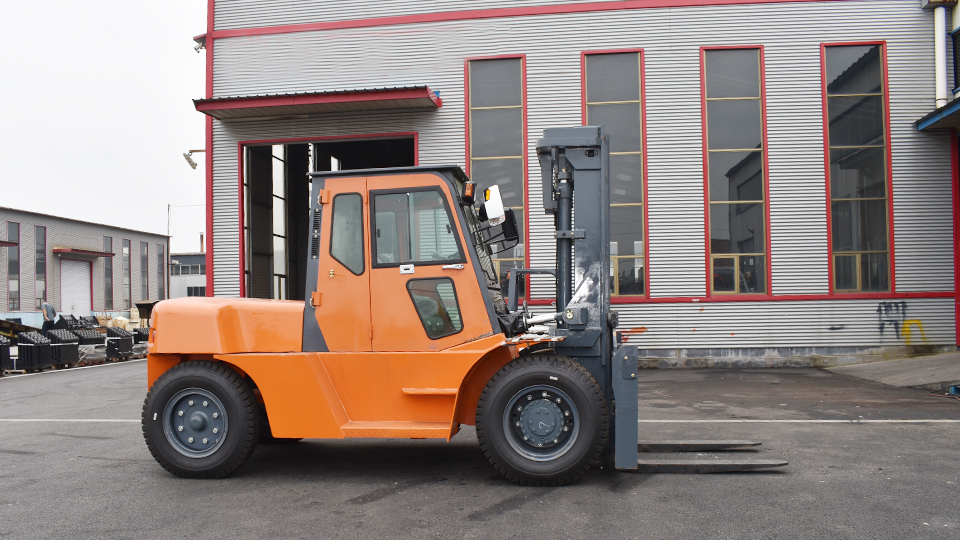how many people are forklift certified in the us
Quantifying Forklift Certification: Estimating the Number of Certified Operators in the US
Determining the precise number of forklift-certified individuals in the United States is a complex task. Unlike driver's licenses, which are centrally tracked, forklift certifications are managed by a multitude of organizations and employers. No single, comprehensive database exists. However, by analyzing available data and industry trends, we can arrive at a reasonable estimate and explore the factors influencing these numbers.
The Challenge of Data Collection
The absence of a national registry stems from several factors:
Decentralized Training: OSHA mandates forklift training, but does not specify a central certifying body. Employers and third-party training providers issue certifications, leading to a fragmented system.
Varied Certification Lifespans: While OSHA recommends refresher training every three years, some employers may require more frequent re-certification, or less.
Industry-Specific Needs: Different industries require different types of forklift training and certifications, making it difficult to create a unified count.
Private vs. In-house Training: Many large companies have in-house training programs, and they keep their own records. These records are not shared publicly.
The use of diverse brands: From large companies like hyster forklift and clark fork lift, to smaller and overseas forklift manufacturers, and even the smaller mini montacargas, the types of machinery, and therefore the training vary greatly.
Estimating the Number of Certified Operators
Despite these challenges, we can utilize several data points to approximate the number of certified forklift operators:
Workforce Statistics:
The Bureau of Labor Statistics (BLS) provides data on employment in industries that heavily utilize forklifts, such as warehousing, manufacturing, construction, and retail.
By analyzing the number of workers in these sectors and estimating the percentage who operate forklifts, we can arrive at a rough figure.
For example, the warehousing and storage sector alone employs millions of people, and a significant portion of them likely require forklift certification.

Forklift Sales and Utilization:
Data on forklift sales and rental provide insights into the number of forklifts in operation.
Industry reports from organizations like the Industrial Truck Association (ITA) offer valuable information on forklift market trends.
The number of forklifts in use correlates with the demand for certified operators.
Training Provider Data:
Large training providers may have records of the number of individuals they have certified.
While this data is not publicly accessible in its entirety, it can provide a sample size for estimation.
The variance of the types of machines, from a large hyster forklift to a small mini montacargas, means that one provider may specialize in one type of machine, and another provider in a different type.
OSHA Enforcement Data:
OSHA's enforcement data on forklift-related violations can indicate the prevalence of uncertified operators.
While this data doesn't directly quantify the number of certified individuals, it sheds light on the importance of compliance.
Factors Influencing Certification Numbers
Several factors influence the number of forklift-certified operators:
Economic Conditions: During periods of economic growth, demand for forklift operators increases, leading to more certifications. Conversely, economic downturns may result in fewer certifications.
Technological Advancements: The introduction of new forklift technologies, such as automated guided vehicles (AGVs) and advanced safety features, may affect the need for traditional forklift operators.
Regulatory Changes: Changes in OSHA regulations or industry standards can impact training requirements and certification numbers.
Industry Growth: The growth of e-commerce and logistics has significantly increased the demand for warehouse space and, consequently, forklift operators.
The growth of diverse manufacturing: As more forklift manufacturers enter the market, especially those from overseas, the need for trained personal on diverse machines grows.
The Importance of Certification
Regardless of the precise number of certified operators, the importance of forklift certification cannot be overstated.
Safety: Certified operators are trained to operate forklifts safely, reducing the risk of accidents and injuries.
Compliance: Certification ensures compliance with OSHA regulations, avoiding potential fines and legal issues.
Productivity: Properly trained operators are more efficient and productive, improving overall workplace performance.
Professionalism: Certification demonstrates a commitment to safety and professionalism, enhancing an operator's credibility.
Liability Reduction: Proper training and certification reduces the liability of the company in case of an accident.

Challenges and Future Considerations
Challenges and Future Considerations
The growing complexity of forklift technology necessitates ongoing training and skill development.
The need for standardized certification requirements across industries is becoming increasingly apparent.
The development of a centralized database for forklift certifications could improve data collection and tracking.
The diverse nature of machines, from a clark fork lift to a mini montacargas, means that specialization of training will likely increase.
Conclusion
While an exact count of forklift-certified individuals in the US remains elusive, it is clear that the number is substantial and continues to grow. The importance of certification for workplace safety and compliance cannot be overstated. As industries evolve and technology advances, the demand for skilled and certified forklift operators will continue to rise. By focusing on quality training and promoting safety awareness, we can ensure a safer and more productive work environment for all.


